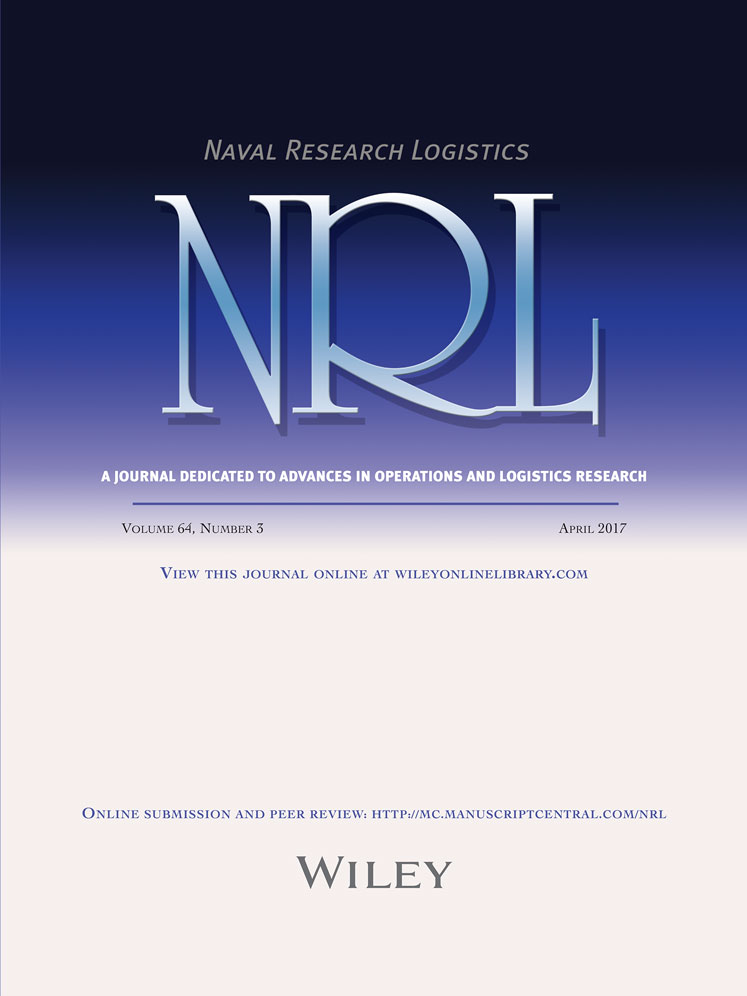Transit vessel scheduling
Abstract
A transit vessel traffic scheduling algorithm has been developed to limit the negative effects on cargo volume throughput in two-way waterways where separation distances between transiting vessels must be maintained and passage restrictions may hold. It runs in time that is polynomial in the number of ships involved in the computation and finds schedules which increase the utilization of waterways. Three examples illustrate its use. The first example is situated in the Sunda Strait where the algorithm is used to enhance the safety of merchant shipping against a terrorist threat. It illustrates important features of the algorithm and demonstrates how it can be used with cross traffic. The second example is situated in the Strait of Istanbul and offers a comparison between the developed algorithm and the transit vessel scheduling algorithm of Ulusçu et al., J Navig 62 (2009), 59–77. This was done using a plausible model of the Strait of Istanbul. The third and last example shows how the algorithm can be used to schedule transit vessel traffic in two-way waterways with junctions. This feature is especially useful in congested waters with a high risk of collisions like the Inland Sea of Japan. An extreme test case proves that the developed algorithm is a practical algorithm ready for such use. © 2017 Wiley Periodicals, Inc. Naval Research Logistics 64: 225–248, 2017




